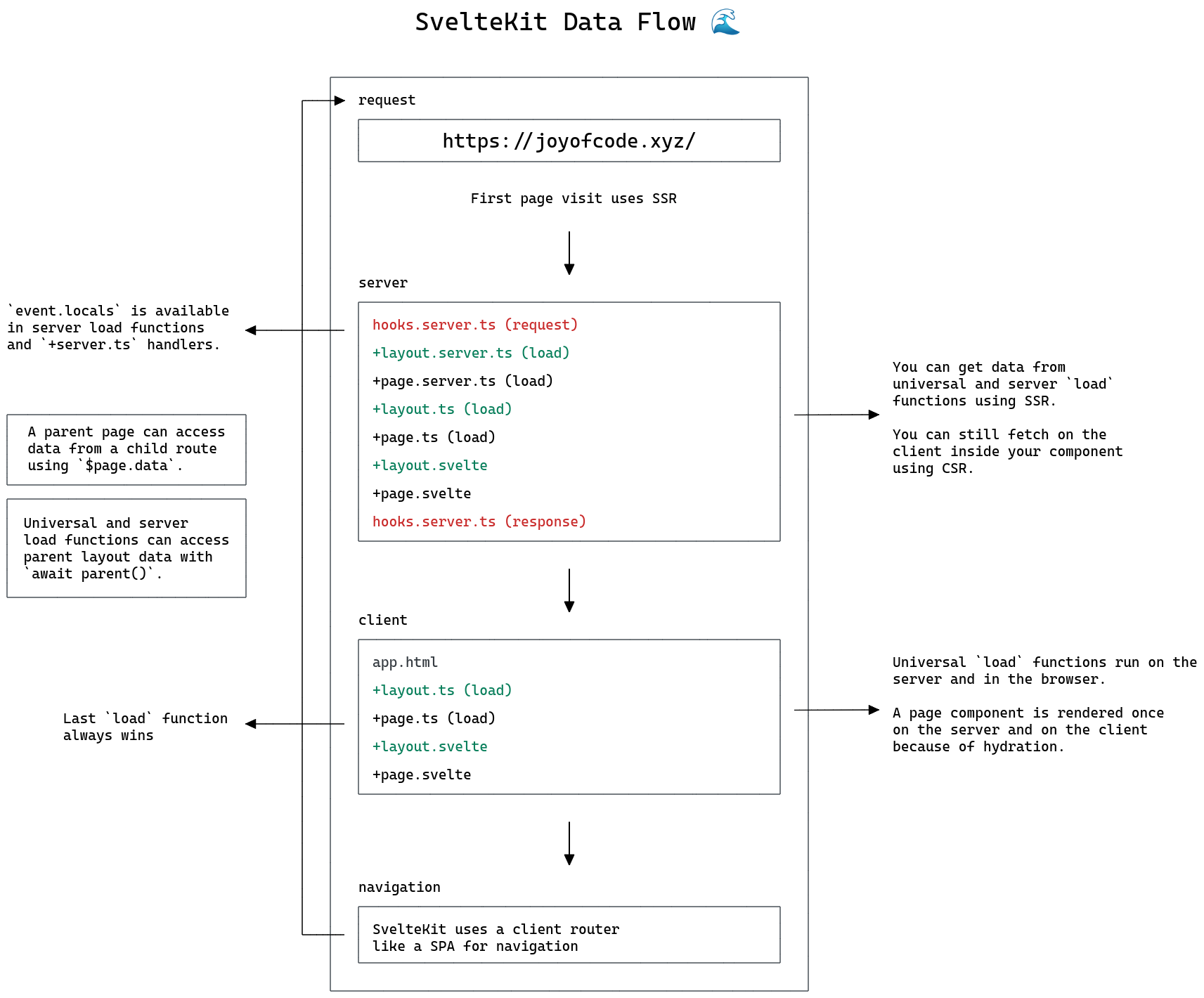```js
export const loader = async () => {
// fire them all at once<br />
const critical1Promise = fetch('/test?text=critical1&delay=250').then(res => res.json());
const critical2Promise = fetch('/test?text=critical2&delay=500').then(res => res.json());
const lazyResolvedPromise = fetch('/test?text=lazyResolved&delay=100').then(res => res.json());
const lazy1Promise = fetch('/test?text=lazy1&delay=500').then(res => res.json());
const lazy2Promise = fetch('/test?text=lazy2&delay=1500').then(res => res.json());
const lazy3Promise = fetch('/test?text=lazy3&delay=2500').then(res => res.json());
const lazyErrorPromise = fetch('/test?text=lazy3&delay=3000').then(res => {
throw Error('Oh noo!')
});
// await for the response
return defer({
critical1: await critical1Promise,
critical2: await critical2Promise,
lazyResolved: lazyResolvedPromise,
lazy1: lazy1Promise,
lazy2: lazy2Promise,
lazy3: lazy3Promise,
lazyError: lazyErrorPromise
})
}
```
